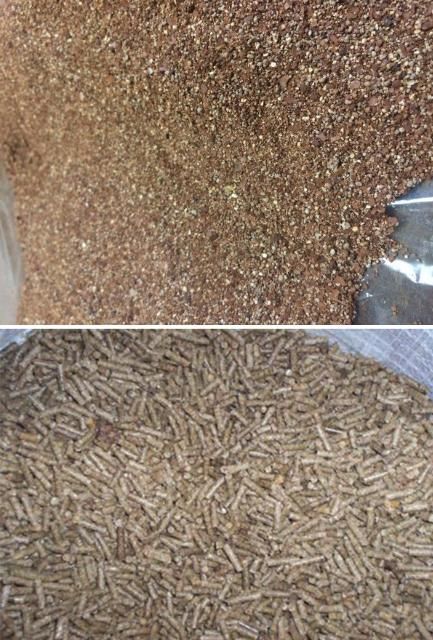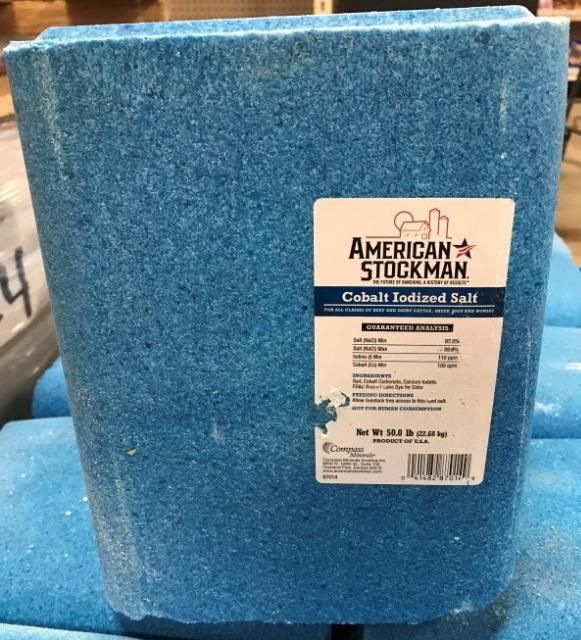Introduction
Trace mineral supplementation is an integral component of the total diet for beef cattle. Trace minerals function in many of the metabolic processes associated with animal growth, health, and reproduction. It is essential that cattle have access to trace minerals in their diet. However, the forage cattle consume as the bulk of their diet is often deficient in trace mineral concentrations. Therefore, feed needs to be supplemented with trace minerals on a regular basis. Cattle producers can choose from a number of different methods to provide supplemental trace minerals to cattle. Each method has advantages and disadvantages. The suitability of each method depends on the needs of the animal, the mineral concentrations of the feedstuffs consumed by the cattle, and the ability to provide trace mineral supplementation. Cattle producers should evaluate the methods against management activities to determine the optimal trace mineral delivery strategy. Below are several common ways to provide trace mineral supplements as well as their advantages and disadvantages.
Trace Mineral Supplementation Options

Credit: Matt Hersom, UF/IFAS

Credit: Matt Hersom, UF/IFAS

Credit: Matt Hersom, UF/IFAS

Credit: Matt Hersom, UF/IFAS
Issues can arise when producers pair several of the trace mineral supplement options together (e.g., free-choice mineral and salt block, or a free-choice mineral and injectable). Under consumption of the free-choice mineral is common when a salt, yellow, or blue block is offered alongside the free-choice trace mineral supplement. Cattle will consume the block to satisfy their salt requirement, but may under-consume the formulated mineral supplement. In this scenario, insufficient mineral consumption can lead to decreased trace mineral status in the animal. Some producers may appreciate the cost savings afforded by replacing mineral consumption with salt block consumption, but they may suffer production losses. Conversely, when a free-choice trace mineral or fortified feed supplement is paired with injectable mineral treatment, the potential for toxicity or antagonisms increases. Consistent free-choice mineral consumption can result in an adequate mineral status in cattle, but the bolus application of injectable mineral can produce detrimental outcomes. Exercise caution when combining multiple trace mineral supplementation options. Remember to include all feed resources and water when determining an animal's total macro and trace mineral consumption.
Conclusion
Grazed and conserved forages in Florida are generally deficient in many of the trace minerals that are important to beef cattle nutrition. Providing a consistent supply of trace minerals for the beef cow herd is a good management practice. Beef cattle producers should evaluate the trace mineral supplementation options for their herds. Each method has defined advantages and disadvantages. Understanding the appropriate application of trace mineral supplement methods is important to the long-term performance, health, and reproductive management of the beef herd.